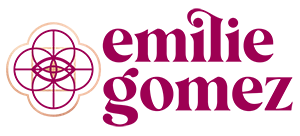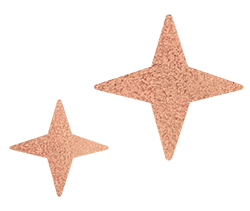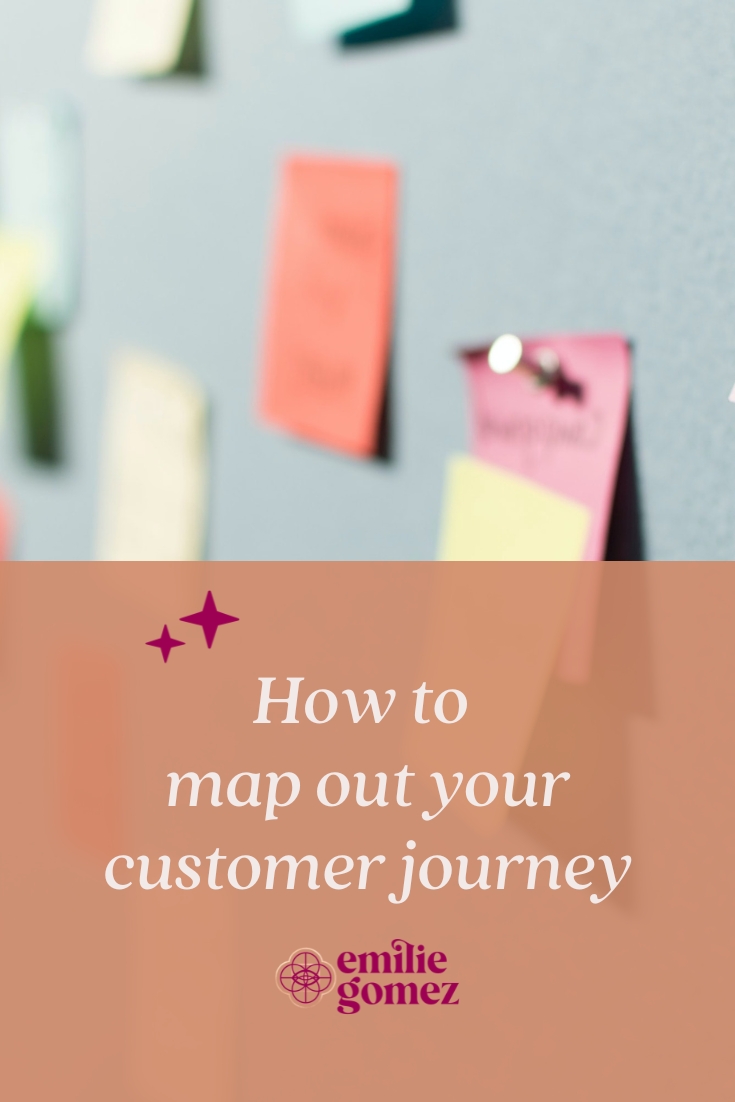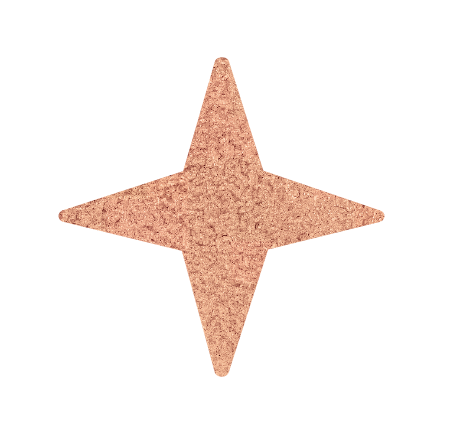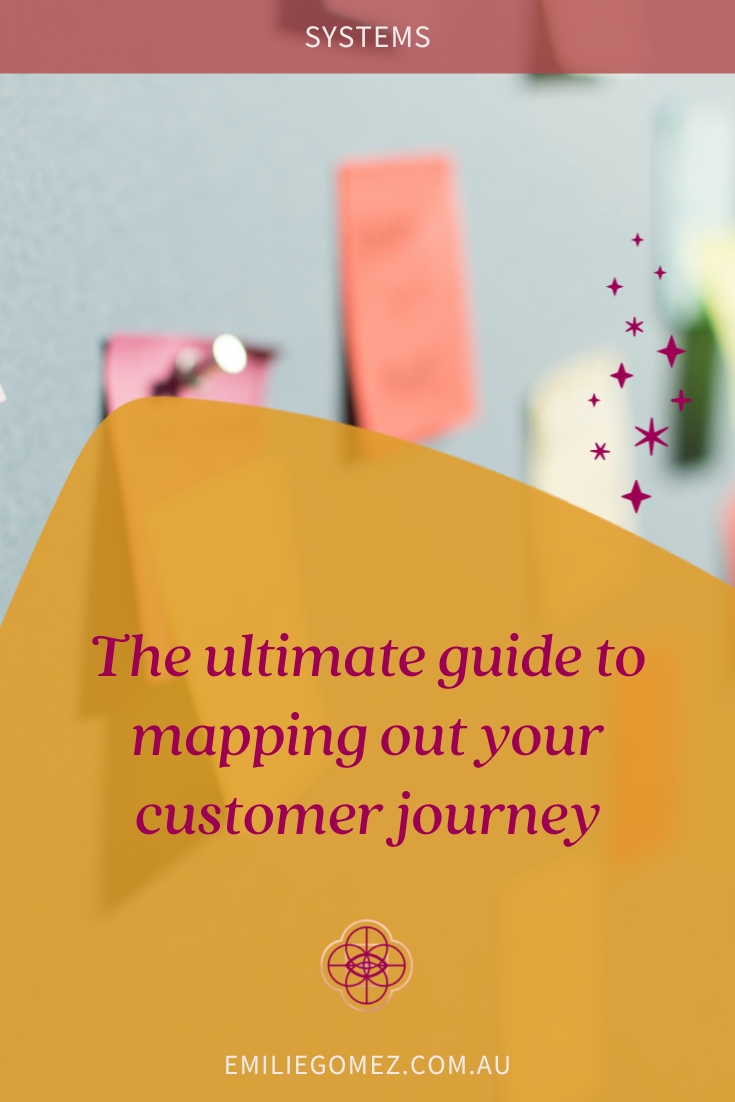So you want to launch your brand new program. You know what you need to do – i.e. what everybody else does – run a webinar, send a few emails and run some Facebook ads. It’s not that hard.
Wrong!
A launch has many moving parts, and you don’t want to miss any. To ensure your launch goes as smoothly as possible, you need to understand the experience you are creating for your potential clients.
Approaching a launch without understanding what journey you’re about to take your audience on is like starting a road trip without a map. You know the final destination, but if you don’t know the stops on the way, then all you’ll do is drive and go through the motion, without any fun! And that will come through in your copy and may impact the success of your launch.
What’s a customer journey?
A customer journey is a map that will tell you exactly:
- who your ideal client is
- how they are feeling along the way
- whether or not they are ready to buy
- what they need to hear from you
With this map, you won’t get lost, and you’ll enjoy the ride. You’ll get an overview of the complexity of your launch and all the content that you need to create. You’ll be able to set realistic goals and expectations, instead of overdoing it and burning yourself out before you’ve even opened your cart or started your programme.
Customer journeys don’t just apply to launches. In fact, they’re a must-have tool in your business. They ensure you keep providing value to your audience and stay in touch with them in a way that will bring them closer to working with you or buying your products.
Customer journey vs. sales funnel
Often when we talk about launch, we use the words “sales funnel” or simply “funnel”. You may have heard some people who have an aversion for the word funnel use the term “customer journey” instead. However, they are two different things.
A funnel is a simplified view of your entire marketing strategy from when a client becomes aware of your business to the time they purchase from you. If you have only one product and one way for potential clients to get in touch with you, this may be enough. However, it’s likely not the case. A customer journey will show the details behind the funnel with all the different touchpoints.
This is why customer journey maps are way more useful than funnels when it comes to launching a product or service. Indeed, they clearly show you where you connect with your potential clients, rather than only moving them through the awareness stages. This will help you define your strategy and write impactful copy.
The 5 steps to map out your customer journey
1. Define your ideal client
- What are their demographics (age, gender, relationship status, whether they have children, where they live, their occupation)?
- What and who inspires them?
- What are their frustrations?
- What’s the one thing they most want to change in their life?
- What problem do they need solving that you can solve?
I used to hate this exercise (esp. the demographics part), so I get it if you feel like skipping it. But please don’t! You can’t sell anything if you don’t know who you’re selling it too. And if you’re not selling, you don’t have a business!
Until I worked with my copywriter, I didn’t understand the value of knowing specifics such as the TV shows my ideal client watches or the magazines they read. My cop-out was “I’m not creative”, “I don’t know how to answer these questions”.
The thing is knowing the answer to these questions makes you copy much crisper and more specific. You’re no longer referring to your ideal client in vague terms. You’re now talking to them directly.
Yes, being specific is what gets your ideal client to think “she’s talking about me!”. They may not identify 100% – you may refer to reading book X, and they haven’t read it, but they’ll connect with the story you’re telling. Adding this kind of details brings your copy to life and help your client recognise themselves in the situations you’re describing. It also enables you to focus your writing instead of trying to cater to everyone.
Maybe you don’t like this exercise because you’re worried you’ll get it wrong and it feels like you’re just guessing. If you’ve just started your business and haven’t done much market research, chances are that you’re just speculating… and it’s OK. Your avatar isn’t set in stone and will evolve as you get to know your ideal client more intimately and refine your products and services.
As you answer questions such “what are their frustrations?” or “what are their challenges?”, you may notice that you have a wide range of answer. That’s because your ideal customer may be more or less aware of their issue and/or how you can solve it for them.
So it’s helpful to define your ideal client avatar based on their awareness stage. This way, you can make sure you’re always talking to the right person:
- Awareness of you and your brand, their problems and the solutions available
- Consideration of your offer to solve their problem
- Decision
2. List all the touchpoints from awareness to purchase
Now that you know your ideal customer and their frustrations, you can design how you want to interact with them. You can also select what’s the best way to communicate with them (e.g. FAQs, sales page, emails, webinars).
A customer journey map can become very complicated very quickly, so here are some tips to make sure you don’t get lost.
- Focus on one product and/or service at a time
- Start with the end in mind (e.g. enrol in your online course) and work backward
- List all the ways you can get in touch with your audience. E.g. social media, webinar, emails.
- Use post-it notes – there will be a lot of moving parts, and you’ll discover more things as you go. To avoid starting from scratch every time, the most efficient way to get started is to use post-it notes for each touchpoint.
- Map it as it is now – not as you want it to be, unless your business is brand new.
3. Map out the post-purchase journey
The journey doesn’t stop when your ideal client buys from you. This is another way customer journeys and funnels differ. Funnels focus on getting potential customers to buy from you and don’t take into account what happens after a customer has made a purchase. Unlike funnels, customer journeys are about the whole experience, from awareness to purchase to consumption.
Unfortunately, too many businesses neglect this last part. They only have a plan to get people to buy from them and don’t think about the next steps. This part of the journey is as important, if not more important than what happens beforehand. It’s easier to get someone who has already worked with you to work with you again than to acquire new leads.
So what happens once someone has signed up to work with you? That’s where you define your onboarding process, your offer and your offboarding process.
Once again, each offering may be different so you’ll want to map this out for each one. This time, start from the beginning (the purchase) and keep asking “what’s next?”.
4. Review and adjust your map
You now have a comprehensive map with all the touchpoints with your ideal client.
- How do you feel about it? For example, are there some touchpoints that you’d like to add or remove?
- Are you making it too hard for your ideal client to work with you?
- If you have multiple offers, are there similarities, or can you make your process more consistent? This will help simplify your business and avoid errors.
If you’re using this map to help you with your launch, for each touchpoint, answer the following questions:
- What will your message be? You need to address the specific questions and speak to the frustrations you’ve identified in Step 1 based on your ideal client level of awareness.
- Is the message the same for everyone, or can you segment your audience and show them that you know them? For example, if you run a webinar, will you send the recording to everyone with the same message, regardless of whether they attended or not?
- Have you made full use of all your touchpoints? For example, if you have a freebie and you’re doing a webinar, can you add a message to the freebie thank you page that mentions the webinar?
- Can you remarket? Remarketing or retargeting is often used when we talk about Facebook ads. However, it merely means presenting another offer to people who didn’t buy the first one. It doesn’t have to be done via ads and can be done via email. For example, after your sales sequence ends, you could send a thank you email with the option to buy one of your other offerings. That offering would be at a lower price point and would tackle similar challenges, but not as in-depth.
There are many options here, hence why launching can become very overwhelming. The key is to focus on one strategy at a time. For your first launch, focus on the bare minimum. Then as you learn from this process and your clients, you’ll know where to make tweaks and implement some of the strategies highlighted above.
At this point, you’ll want to collect all your post-it notes and create your customer journey in a document that you can easily modify. I find flowcharts to be the best tool for the job. You can use Google Drawings or Lucidchart.
5. Refine your map with user reserch and feedback
A customer journey map isn’t static. It’s always evolving based on what you offer and new technologies or platforms you start using in your business. Your map needs to reflect that.
Plus, as I mentioned above, over time, you may discover that your ideal client likes to interact with you in a certain way, rendering some of your touchpoints obsolete. Or, with each iteration of your launch, you may refine your approach and add more touchpoints.
The key is to monitor your clients throughout the journey and ask them for feedback, so you know how you can make adjustments.
Customer journey maps and sales funnels are two different but complementary tools. They are both essential tools for your business and especially your launches. They help you understand where your ideal client is at and what they need from you. This will assist you in writing compelling copy.
Due to the amount of information customer journeys represent, they can be challenging to put together. Still, they are the necessary first step if you want to give your launch any chance of success.
If you need help with designing your customer journey or planning your next launch, get in touch.
